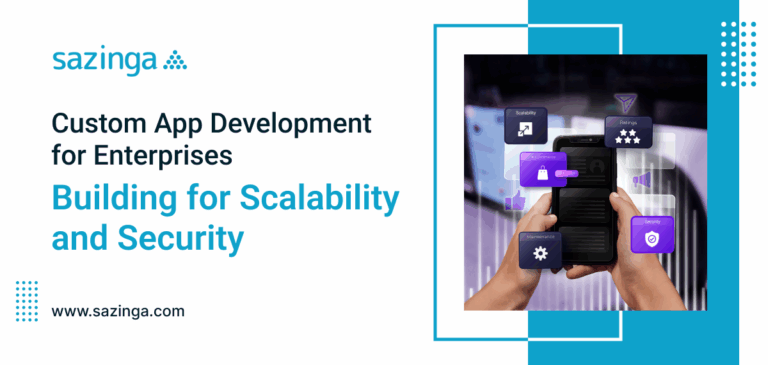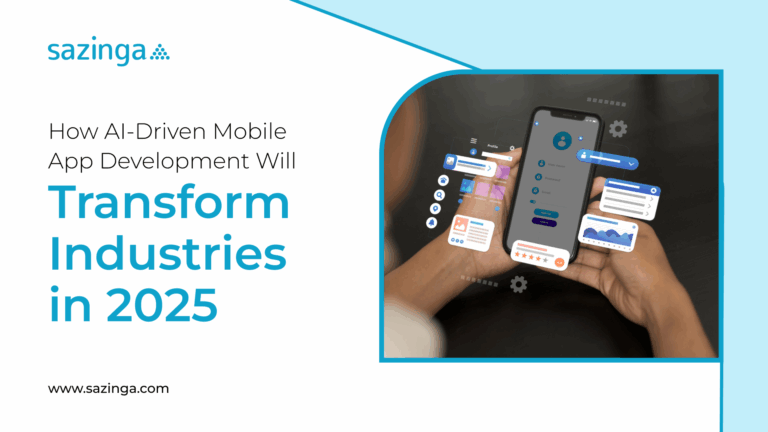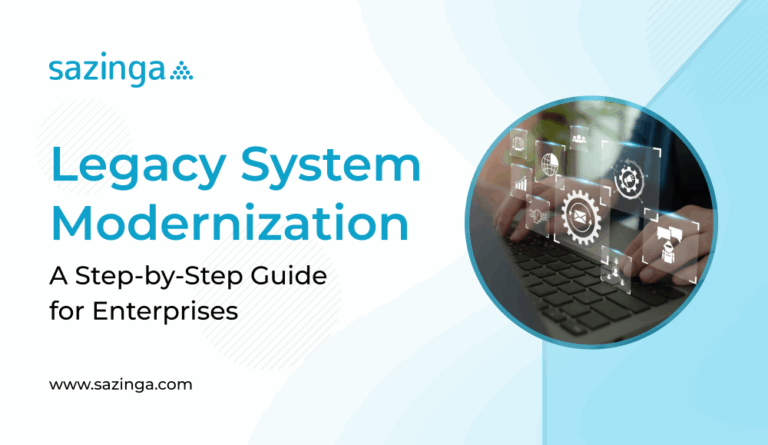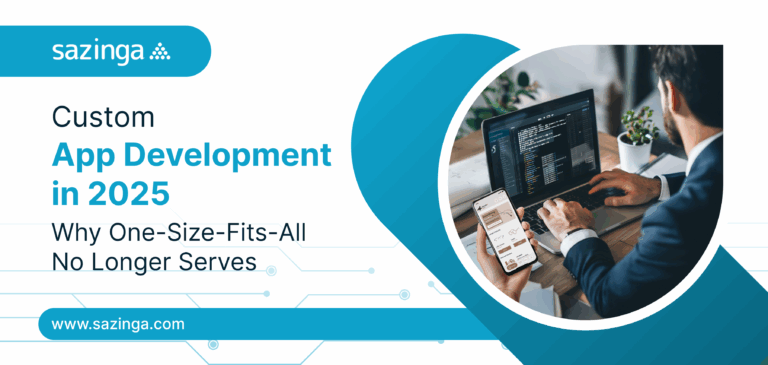Designing for Emotion: How UX/UI Design Can Influence User Behavior and Build Brand Loyalty
Emotions play a vital role in our daily decisions, from the clothes we wear to the apps we use. In UX/UI design, emotions are powerful tools that influence how users interact with products. When used effectively, emotional design fosters engagement, satisfaction, and long-term loyalty.
What Is Emotional Design?
Emotional design in UX/UI Design services is about creating products that resonate with users on an emotional level. It taps into human psychology to evoke feelings of trust, joy, excitement, or even nostalgia. By addressing emotional needs, designers go beyond functionality and create meaningful experiences.
Don Norman, a pioneer in emotional design, defines three levels of emotional responses to design:
- Visceral Design: Immediate reactions based on appearance.
- Behavioral Design: Emotions triggered by ease of use and functionality.
- Reflective Design: Long-term feelings users develop after interactions, influenced by memories and personal values.
These levels work together to build a deeper connection between users and products.
The Impact of Emotional Design on User Behavior
Emotional design shapes how users interact with digital products and influences their actions. Here are key ways it impacts user behavior:
1. Building Emotional Connections
Users often choose brands they feel connected to emotionally. Emotional UX/UI Design helps create that bond. For example, Duolingo’s gamified learning experience combines playful animations and encouragement to make language learning fun. This emotional connection keeps users returning.
2. Encouraging Desired Actions
Positive emotions such as excitement or trust can guide users toward specific actions, such as completing a purchase or signing up. Airbnb achieves this through inviting imagery and a clean interface, making users feel safe and excited about their next adventure.
3. Increasing User Satisfaction
Satisfied users are more likely to recommend a product to others. When products evoke joy or ease, users feel confident and engaged, leading to higher satisfaction rates.
4. Enhancing Conversion Rates
Emotionally engaging designs lead to higher conversion rates. A fitness app applying emotional design principles increased user retention by 40% and customer lifetime value by 25%.
5. Differentiating Brands
Emotional design helps brands stand out. Apple, for instance, leverages minimalist designs that evoke feelings of sophistication and exclusivity, setting it apart from competitors.

Key Principles of Emotional Design
1. Visceral Design: First Impressions Matter
Visceral design focuses on aesthetics—how a product looks and feels at first glance. Clean layouts, vibrant colors, and captivating visuals attract users instantly. Spotify’s bold colors and dynamic layouts make it visually appealing while conveying energy and creativity.
2. Behavioral Design: Usability and Functionality
Behavioral design emphasizes seamless interactions. An intuitive interface ensures users can achieve their goals effortlessly, reducing frustration. Micro-interactions, like animations that confirm a button press, enhance usability while adding delight.
3. Reflective Design: Creating Lasting Memories
Reflective design shapes how users feel about a product long after they use it. Storytelling and personalization play key roles here. Nike, for instance, uses motivational themes in its apps to inspire users, reinforcing a positive brand image.
Key Statistics on Emotional Design in UX/UI
Numbers speak louder than words, and these statistics highlight the undeniable power of emotional design:
1. Customer Satisfaction and Loyalty:
- Emotional design can increase customer satisfaction by 20% and loyalty by 15%.
- Emotionally connected customers are 52% more valuable to brands than average customers.
2. User Engagement and Retention:
- A fitness app saw a 40% increase in user retention and a 25% increase in customer lifetime value after applying emotional design principles.
- An e-commerce platform experienced a 30% rise in engagement and a 20% boost in conversions with emotional design.
3. Impact on Decision-Making:
Positive emotions such as joy or trust significantly influence decisions, encouraging deeper engagement.
4. Forgiveness of Usability Issues:
Users are more tolerant of minor bugs if their overall experience is positive.
5. Business Growth:
- Companies prioritizing emotional design report higher profitability and usage rates.
- These figures underscore how emotional design enhances user experience while driving business growth.
Practical Applications of Emotional Design
1. Color Psychology
Colors have a profound impact on emotions. Blue builds trust, red evokes urgency, and green conveys calmness. Choosing the right colors can set the tone for an entire product.
2. Typography and Imagery
Typography affects readability and mood. Clean fonts such as sans-serif feel professional, while playful fonts evoke creativity. Similarly, relatable and high-quality visuals capture attention and stir emotions.
3. Gamification and Personalization
Adding gamified elements such as badges or progress bars keeps users motivated. Personalization, such as tailored recommendations, makes users feel valued and fosters loyalty.
Real-World Examples of Emotional Design
1. Apple
Apple’s design philosophy is rooted in simplicity and elegance. From its sleek hardware to intuitive interfaces, every element evokes sophistication. This emotional connection creates a loyal customer base.
2. Airbnb
Airbnb’s interface uses inviting images and seamless booking processes to foster trust and excitement. The platform promotes belonging, encouraging users to explore new places confidently.
3. Duolingo
Duolingo transforms a challenging language learning task into an enjoyable experience. Playful animations, rewards, and friendly reminders create a sense of accomplishment and fun.
How to Measure Emotional Design’s Effectiveness
Evaluating emotional design involves analyzing both user feedback and metrics. Here are the key methods:
- Net Promoter Score (NPS): Measures user satisfaction by assessing how likely they are to recommend a product.
- Engagement Metrics: Tracks session duration, click-through rates, and task completion rates.
- User Sentiment Analysis: Captures qualitative feedback on emotional responses.
- Delight Scores: Gauges how users feel about specific interactions or features.
Regular feedback loops and usability testing ensure designs stay relevant and emotionally impactful.
In conclusion,
Emotional design is no longer optional; it’s essential for brands aiming to create lasting connections with users. By combining aesthetics, usability, and storytelling, businesses can evoke positive emotions that foster engagement, loyalty, and satisfaction.
Investing in emotional UX/UI Design isn’t just about making products look good. It’s about creating experiences users love and remember. And as the data shows, happy users lead to successful businesses.
So, if you’re designing a product, remember: don’t just design for function; design for emotion!







